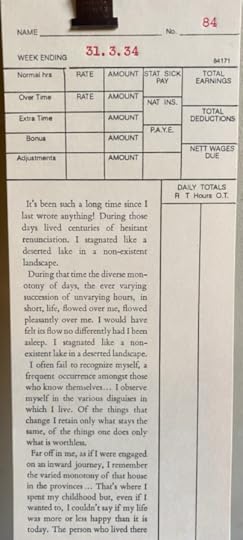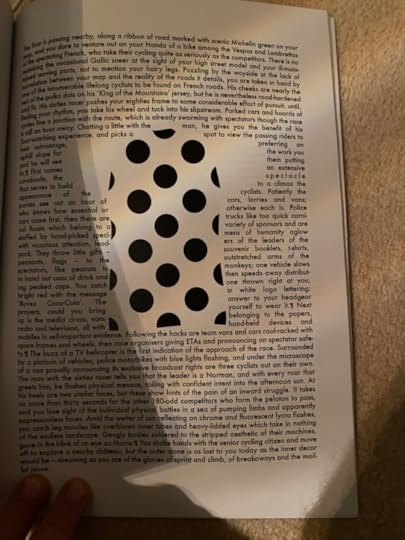What do you think?
Rate this book


165 pages, Paperback
Published January 1, 2022
The Half Pint Press operates out of a back bedroom within sight of Peckham Rye in South-East London. It’s mostly the work of Tim Hopkins, although my wife Jenn does a good deal of work on the projects also.
The Half Pint Press was founded in 2010 by London-based book artist Tim Hopkins. Its first book, an edition of Fernando Pessoa’s The Book of Disquiet presented on ephemera gathered together in a box, won the 2017 MCBA Prize from the Minnesota Center for Book Arts. In unique limited editions, it has also published work by Eley Williams, Mary Butts, Gertrude Stein, and Raymonde Linossier.




The shapes idea is linked to the character being a photographer; it is related to the still life genre, and emphasises the ways in which photography and writing make us look at familiar objects anew. The shapes are also symbols that the writing does not necessarily point out or overstate. As a sequence, they mimic the idea of a series of photographs, and more than this, will hopefully give some sense of the shape of the character’s life, and the things that have helped to shape it.